Do you have a love for animals? What about cows? While they may not be the ideal pet, they can be advantageous for your property for many reasons. They provide milk which can be turned into cheese, butter, yogurt and ice cream, and for meat lovers, there is beef to consume.
You may think that all you need to do is pick up a calf, put it in your yard and let nature take its course, but really, there is so much more to it.
Do you want to get into bringing up cows? It can be a rewarding life if you let it, but you need to build up your skill set first. Let’s go over how to raise cattle for beginners.
1. Dairy or Beef
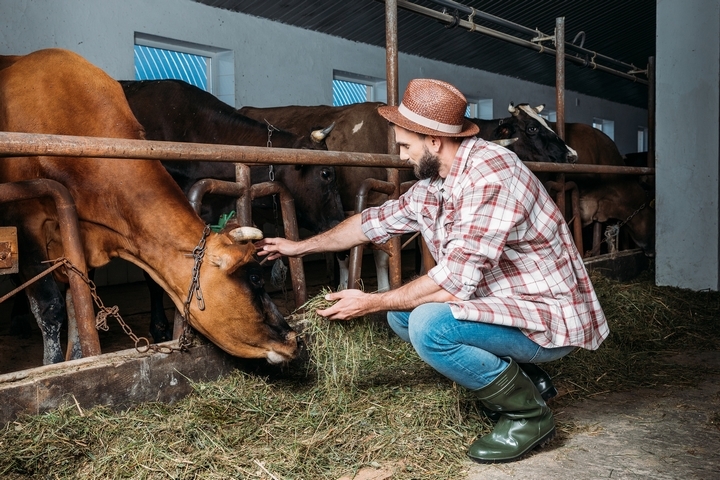
There are many types of cattle breeds, but for farming, cattle are typically dairy or beef. To raise cattle, you must decide the type of personal or commercial output you want.
Dairy
A dairy cow’s job is to produce milk, starting around two years after its first calf. This triggers their milk production, and as long as you keep milking them, they will give milk for around two years until they dry up unless they have another baby. Dairy cows are usually brought to the dairy parlour twice a day. Inside these buildings are feeding and milking systems that can be technologically advanced, depending on your budget, but if you are just a hobby farmer, you can milk by hand.
Beef
Cattle raised for beef are different; they only need corrals and simple shelters. Larger pasture land is required for beef cows as they have a mostly grass diet and spend most of their time grazing outdoors. Fencing off several paddocks is a great way to manage grazing by moving them from one paddock to another. This balances the forage supply and distributes the grazing pressure across the pasture, so grasses and plants have time to recover. You can also avoid grazing in certain areas during nesting seasons or flood times.
2. Infrastructure
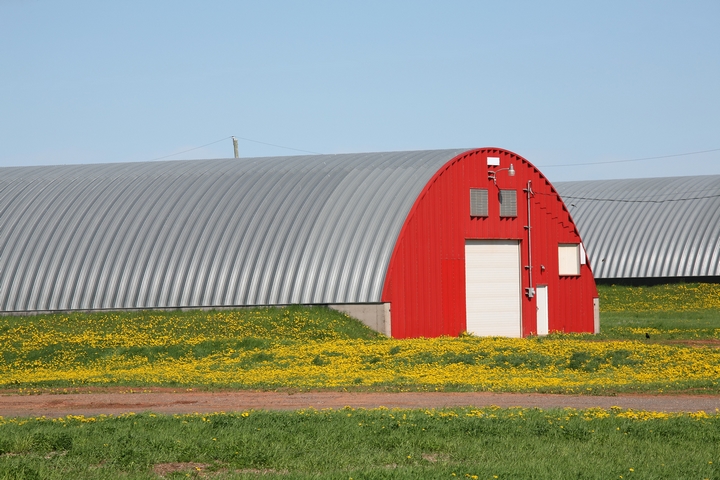
To raise cattle, you need adequate pasture land, so consider at least an acre with good quality forage per cow. Then add another acre for growing hay to feed during the winter.
Storage facilities are needed to keep the feed out of the elements, including a cool, dry environment for grain and a moist, air-tight environment for hay and silage.
Calf pens are another necessity to manage your cattle. You can have permanent fencing constructed of wood or barbed wire or portable fencing made of mesh or electric wire to contain them.
3. Water Supply
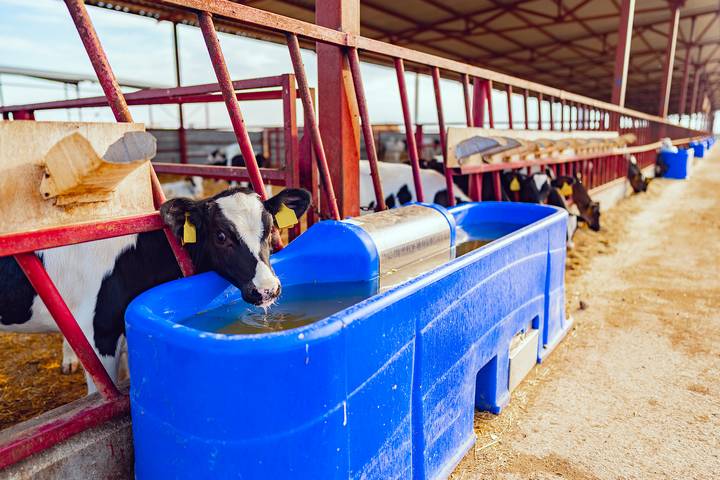
Cattle drink around 38 litres of water a day, depending on their size, and it is required for many bodily functions, including:
- Digestion
- Lactation
- Reproduction
- Growth
- Regulating body temperature
- Removal of waste
- Joint lubrication
Streams and ponds aren’t the best options because of the risk of contamination, so it is better to have a dedicated water supply for your cattle. A separate well with water lines works well and can be fed into a cattle waterer.
Depending on your needs, there are different types of cattle waterers, like heated, covered or tipping designs. They have many benefits, including auto-fill valves and auto thermostats to ensure there is always water for your animals.
4. Growing Your Herd
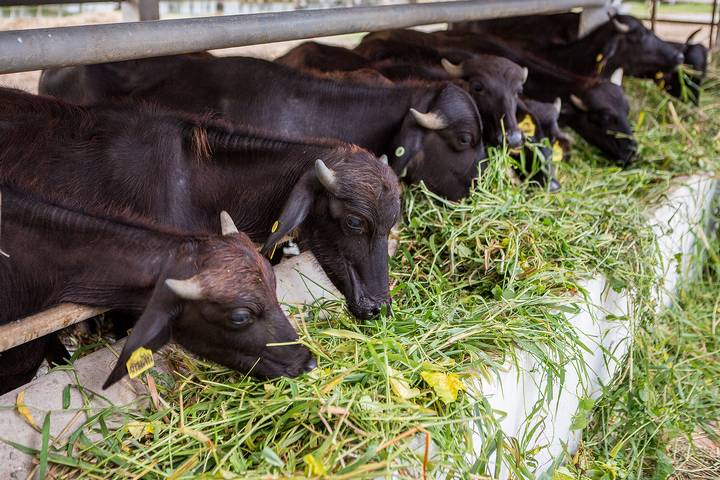
Having a few cows is exciting, and you may want to increase your herd quickly. Depending on how you plan it, this can be a great or bad move, so ensure you are ready for the added responsibility. You also need to consider if you have enough land, water supply and, most of all, time. At some point, you may see yourself managing employees rather than caring for your animals. Make sure this is what you want before getting too big.
5. Other Considerations
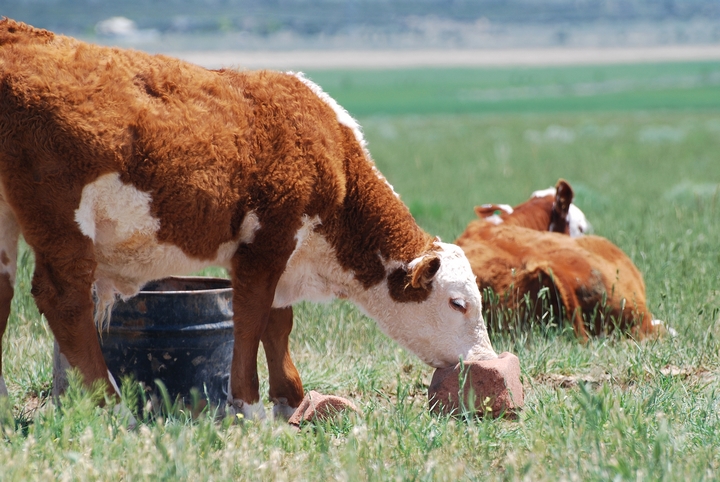
To raise cattle successfully, you need good land and herd management. This involves:
Food
Grow corn, oats, and barley for grains and different grasses in the pastures for grazing. Depending on the weather, you may have to supplement your pasture growth with supplementary feed like hay or grains.
Health
You must implement a good health system that includes vaccinating, deworming, quarantining, minerals and a culling program. Various tools are also necessary, like calving chains, a calf puller, needles, syringes and a gun, in case you have to euthanize and animal.
Marketing
For dairy cows, you may want to sell your milk. For beef, you can also sell the whole cow or have it butchered and sell the meat. Another money maker is to sell the offspring to create cash flow.
Raising cattle is a great pastime and business for those that enjoy these ruminant beasts. Consider all these things if you plan on getting some cattle and then enjoy the journey, one hoof at a time.
